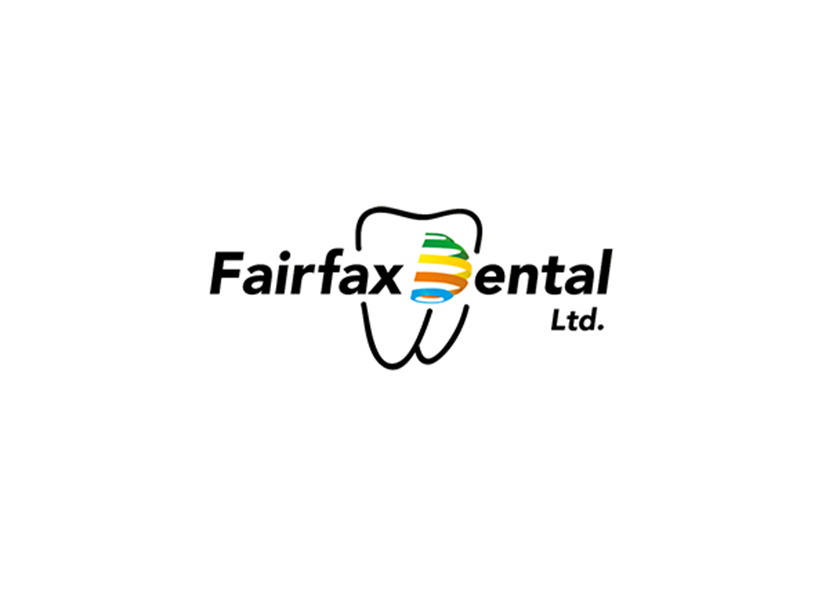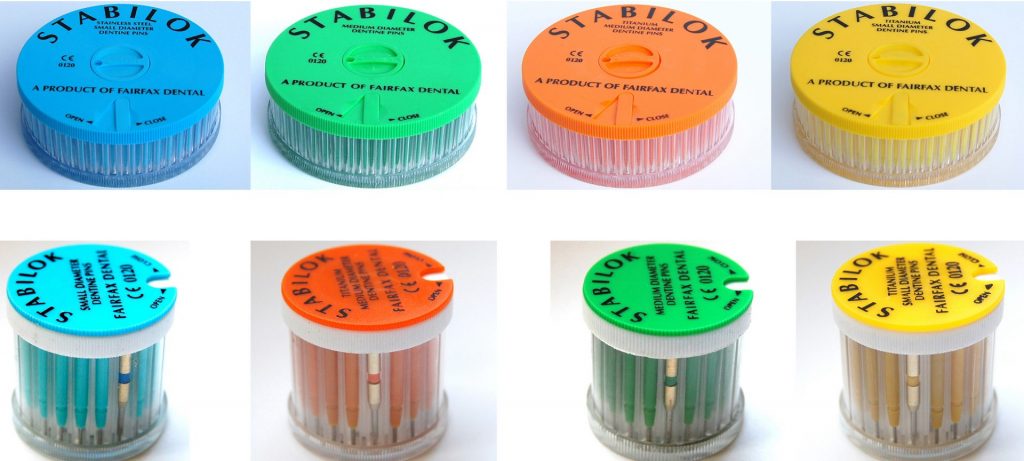The restorative balance – Marjan Davasaz Managing Director Fairfax Dental
Featured Products Promotional FeaturesPosted by: Dental Design 22nd January 2020

Dentistry has come a long way in 40 years. The procedures offered and the environments they are provided within are totally unrecognisable from those of the 1970s – which can only be a good thing! The latest generation of dentistry very much focuses on preventive protocols and the adoption of minimally invasive procedures wherever possible. It is also about finding the right balance between aesthetics and longevity of results. Only when both are achieved to a satisfactory standard will patients be happy with the outcome.
Continued demand for restorative dentistry
According to 2017/18 NHS data,[i] permanent fillings and sealant restorations were among the most common treatments delivered to dental patients in England. This was true for both adults and children. In fact, approximately 80% of the UK population has at least one filling.[ii]
The good news is that the numbers appear to be improving. Fewer courses of NHS restorative treatments were required by UK patients during this time frame compared to 2016-17, suggesting an improvement in oral health. Some caution is necessary though, as these figures do not demonstrate trends in treatment sought on a private basis.
An increased appetite for aesthetic dentistry
This is relevant because private dentistry can cater to certain patient demands that NHS services often cannot, fuelling growth in the sector. For example, the desire for highly aesthetic outcomes has become a priority for many patients. As such, the amalgam filling material that has historically been offered through the NHS is unlikely to be many people’s first choice. Instead, these patients prefer to opt for more natural-looking composite restorative materials and are happy to pay for the pleasure. Similarly, many people will seek bridges that blend seamlessly with their natural dentition and these solutions are not always available via NHS services. Alternative arrangements therefore need to be found.
So, why the increased appetite for aesthetic dental outcomes? There are several potential driving forces behind peoples’ need to achieve a certain appearance. Social media and its accompanying ‘selfie culture’ is commonly cited as a culprit, with pressure put on users of these online platforms to meet specific aesthetic standards. The national media may also be partly to blame, by promoting particular looks, body types and features as more beautiful than others among models, celebrities and other influential people.
As a result, one of the assets many people now crave is a good smile. Channelling this in a positive way is key. The health of their teeth and gums should come first, but it is also possible for dental treatment to have a massive impact on an individual’s self-confidence and quality of life. This is very much to be encouraged. However, managing patent expectations to avoid unrealistic goals, and discouraging invasive dentistry where alternative solutions are available, are both important for the dental team.
No compromise
Now, patients might be focused on the aesthetic outcome of dental treatment, but that’s not to say they are willing to compromise anywhere else. For instance, those who undergo restorative work – either to achieve the smile of their dreams or to treat the result of trauma or an accident – will expect their investment to last. Regardless of how good the restoration looks, no patient will continue to be delighted with the result if they require re-treatment within a couple of months.
Consequently, delivering a restoration that you and your patients can rely on to last is crucial. Of course, most restorative dentistry will require care and maintenance over the years – which patients should be made aware of early on. However, seeking to prolong the longevity of restorations is well within the ability of all dental professionals today.
Optimising strength and longevity
There are several options available to clinicians to improve the longevity of restorations delivered to patients. Many modern materials have been developed specifically to maximise on both aesthetics and strength. For instance, many bulk fill composites offer these properties as well as a streamlined workflow for quick and efficient procedures.
 Furthermore, the use of additional tools can further improve results. Dentine pins have been shown to increase retention of restorations compared to use of bonding agents alone.[iii],[iv] This is especially true when restoring teeth with significant coronal structure missing. Stabilok Dentine Pins from Fairfax Dental have been used for such situations for more than 40 years to great effect.
Furthermore, the use of additional tools can further improve results. Dentine pins have been shown to increase retention of restorations compared to use of bonding agents alone.[iii],[iv] This is especially true when restoring teeth with significant coronal structure missing. Stabilok Dentine Pins from Fairfax Dental have been used for such situations for more than 40 years to great effect.
Restorative success
Meeting the ever-rising expectations of modern dental patients can present a challenge for dental professionals. By managing their expectations and employing materials and products designed to boost both aesthetics and longevity of results, treatment can be highly successful.
For more information, please call 020 8947 6464
[i] NHS Digital. NHS Dental Statistics for England – 2017-18. Annual Report [PAS] 20 August 2018. Annex 1. Tables 5a, 5b ,5c and 5d. https://digital.nhs.uk/data-and-information/publications/statistical/nhs-dental-statistics/2017-18-annual-report#resources [Accessed October 2019]
[ii] National Smile Month. The impact of National Smile Month. https://www.dentalhealth.org/impact-nsm[Accessed October 2019]
[iii] Widjiastuti I. Pin-retain for restoration of widely tooth damaged. Dental Journal: Majalah Kedokteran Gigi. 2007. 40. 10.20473/j.djmkg.v40.i2.p98-100.
[iv] ImberyT, Burgess J, Batzer R. Comparing the resistance of dentin bonding agents and pins in amalgam restorations. JADA. 1995; 126(6):753-9.









